What To Know About Rotational Grazing On A Small Scale
Rotationally grazing animals on a small scale is 100% possible! This post covers:
- The what, why, and methods of rotational grazing
- An example of rotational grazing from our 5-acre homestead
- And resources that will help you get going on your small-scale farm.
What Is Rotational Grazing?
Rotational grazing uses paddocks to rotate animals through a pasture. Paddocks are sections of pasture divided by fencing.
Once a paddock is grazed it is left to “rest.” This rest period is essential for the regrowth of vegetation in the pasture.
Rest periods will vary based on climate and location. The farmer can develop an eye for when grasses have grown back to their pre-grazed height and stature. Grasses will take a minimum of 30 days for regrowth and may take as long as 90-100 days in warmer, dryer climates.
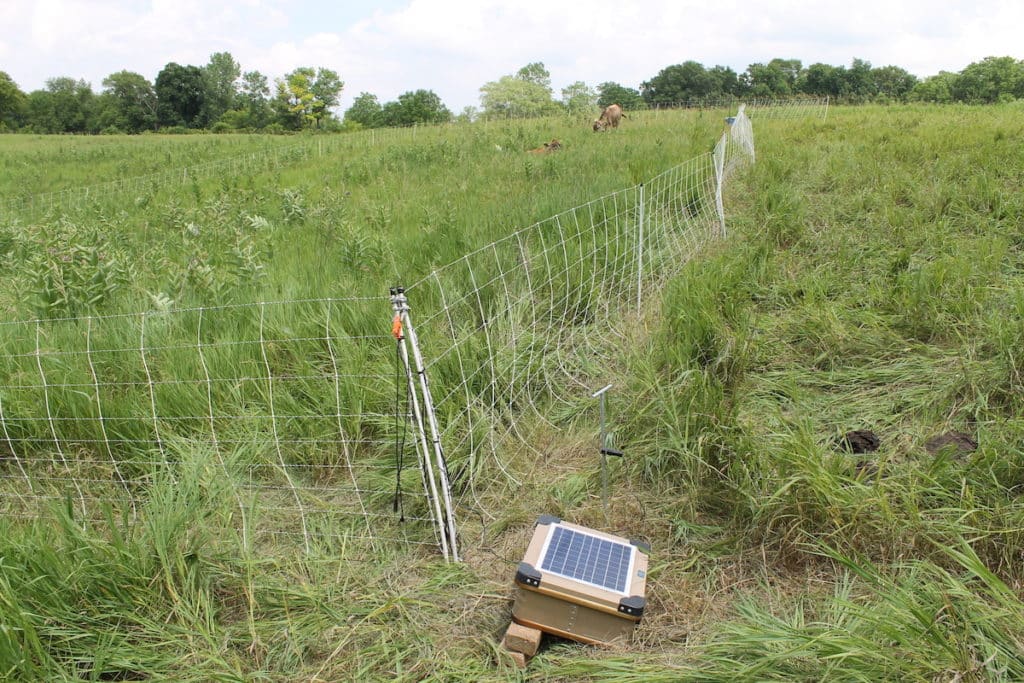
Where we are in the Midwest, I aim for between 40-50 days of rest between grazing.
Rotational grazing is the opposite of continuous grazing where animals graze one piece of land without any rest period. The past 75+ years, pastureland has increasingly been converted to cropland to support the shift toward row-crop farming. Continuous grazing has become the norm on many farms due to loss of pastureland. This can lead to poor quality pastures and degraded soils.
However, a new era of ecologically focused farmers and homesteaders have awakened over the last few decades seeking a better system for people, animals, and planet.
Why Graze Animals in A Rotational System?
The best farming systems mimic what nature accomplishes on its own. Do you ever see wild animals stay in one confined space to forage or graze?
Think of buffalo roaming the Americas prior to settlement. Herds traveled together from one prairie to the next, grazing them down as they went. After, the field sat there undisturbed and had time to reestablish itself. It would likely be a month or more before that herd, or another, returned to that same spot for grazing.
During that “rest,” grasses and plants go through a recovery period. This period is essential. From the ground up, it benefits the soil, which benefits the pasture, which benefits the animals that eat the pasture.
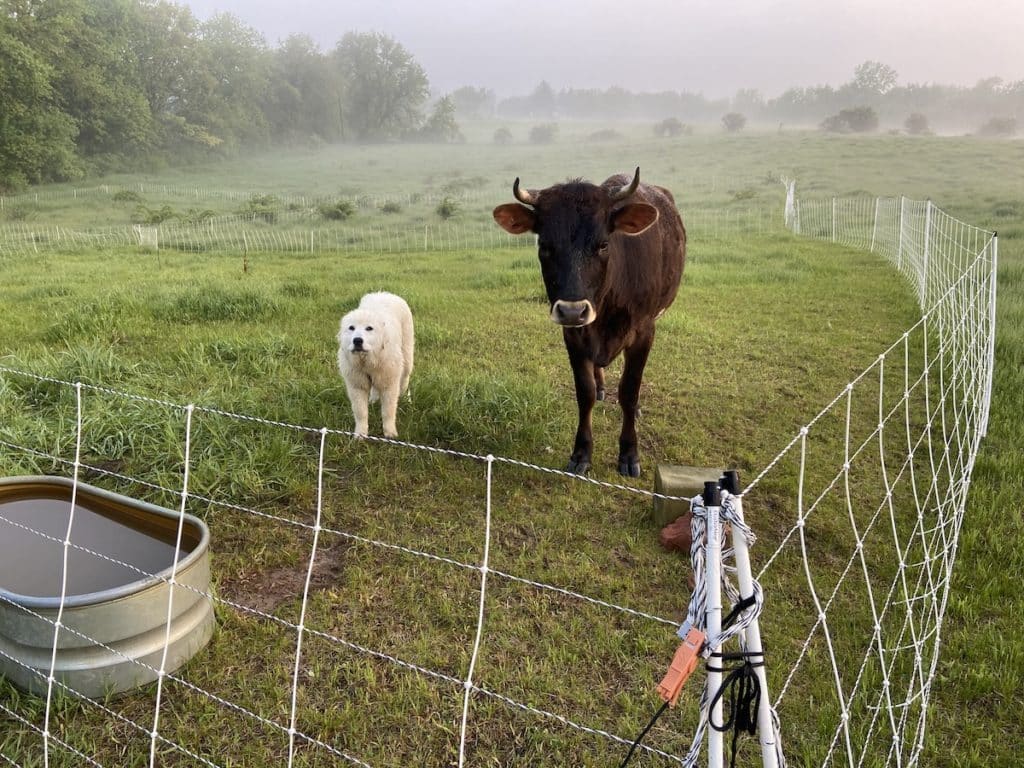
The goal of rotational grazing is to recreate this natural grazing pattern on our modern farms. Historically grazing often took place without defined boundaries or fences. Keeping animals fenced on your property is expected today.
Rotational grazing is the best way to mimic the grazing patterns of animals seen in nature while combining modern day fencing systems and management techniques. These rotational systems can be scalable from 2, to 200, to 2,000 acres, making it accessible for farms and homesteads of any size.
Rotational Grazing Methods
Rotational grazing takes many shapes. And no one system translates perfectly from one farm to the next. Paddock sizes and herd sizes differ. Soil health and pasture health are a big factor. Weather patterns impact management decisions.
The different methods of rotational grazing can be confusing. You will hear words like: intensive, high volume, adaptive, short duration, controlled, high-stock density, high-intensity low-frequency, and holistic management.
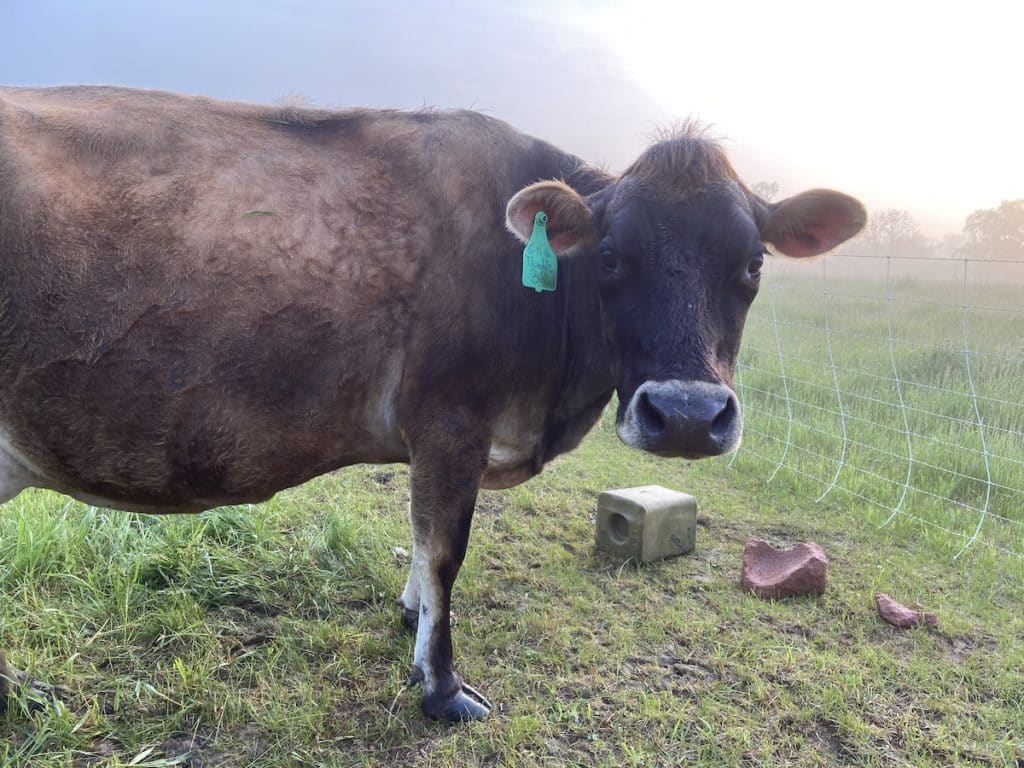
To simplify things, here are a couple main categories of rotational grazing:
Low Management Rotational Grazing
This method typically involves larger paddocks with lower stocking densities. A minimum of two paddocks are required and animals stay in a paddock anywhere between a week to a couple months. Typically, permanent fencing is used.
This method requires the least amount of management time but can lend to some areas of the pasture being overgrazed, leaving them at a disadvantage during the “rest” period. Grasses are best able to regrow when only 50% of their growth is left ungrazed.
Management Intensive Rotational Grazing
Smaller paddocks are set up, typically with temporary fencing, and animals are moved to a new paddock every 1-6 days. Setting up temporary fencing, relocating water sources, and any other management tasks will require more time in this method.
Paddocks may be set up as squares or rectangles that move animals across a pasture. Another method is to divide paddocks into a fan or triangle shape. The advantage of the fan shape is to have a common area for water and shelter where the fan sections meet. This means water and other necessities can stay in one place alleviating some of the management time.
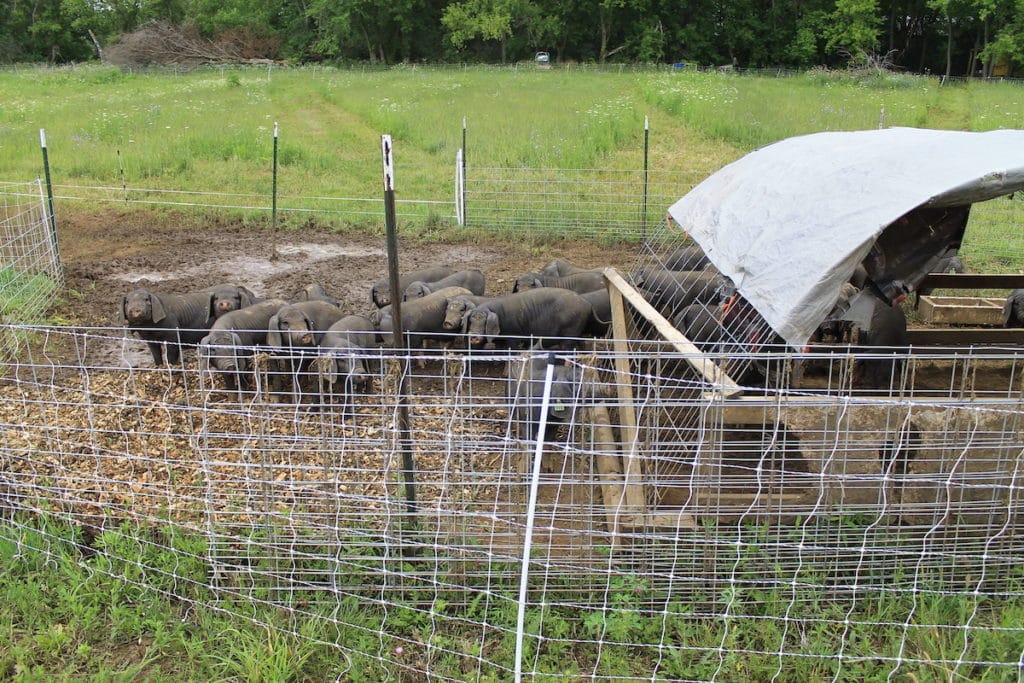
Mob or Strip Grazing
These are your most management intensive rotational grazing systems. Strip grazing usually requires moving animals to a new paddock daily and mob grazing requires animals be moved between paddocks a few times per day. Paddock sizes are generally smaller and stocking rates higher for more concentrated grazing.
You need to select the rotational grazing method that works best for your land, lifestyle, and values. Like most anything, there is a correlation between time and benefit.
Higher management rotational grazing systems will best mimic natural grazing patterns and offer the greatest benefit for pasture health and animal nutrition. It will also require the most time.
Lower management rotational grazing systems run and increased risk of overgrazing leading to poor pasture quality and soil degradation. But it can free up your time and mental capacity.
Some form of management intensive grazing will generally be your best middle ground for a small-scale application. This has been true on our homestead where we rotate cows from one paddock to another about every two days.
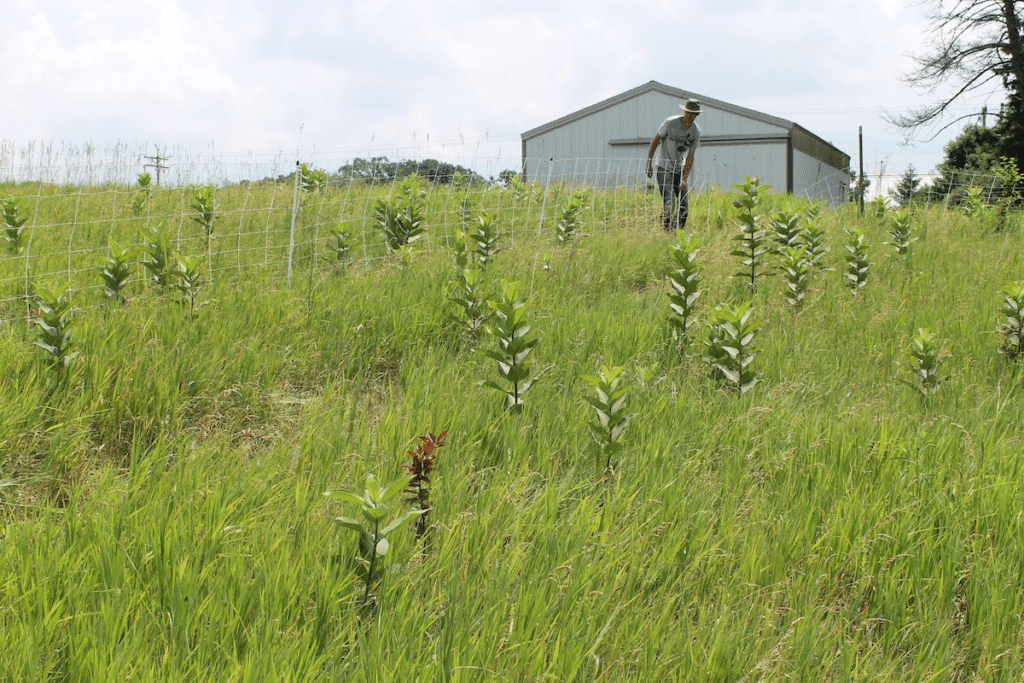
Advantages Of Small-Scale Rotational Grazing
Rotational grazing works. I have completed a Regenerative Farm Design Course, worked on a 160-acre diversified farm that utilizes rotational grazing, toured dozens of farms practicing managed grazing while working in farmland access, and managed our own rotational grazing system on our 5-acre homestead.
Here are the advantages I have personally seen through rotationally grazing animals:
Soil Health
If soil health is not maintained, the rest of the system breaks down. The process of grazing followed by a period of rest allows grasses and plants to grow deep robust roots. Roots support the microbiology of the soil and also shed their outer layer – both lead to increased organic matter. Organic matter is essential for plant growth and provides drought resistance through improved water retention.
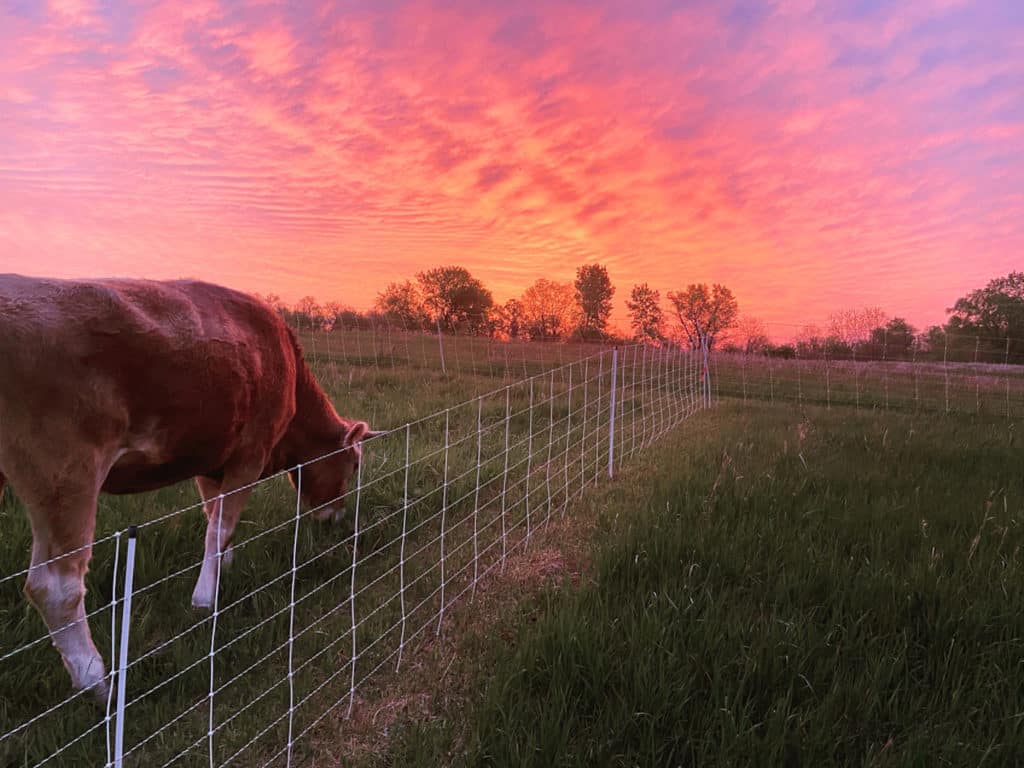
Pasture Health
Plants cannot thrive unless nutrients are returned to it. Animals create manure. Manure breaks down which closes the loop on nutrients being cycled back into the soil for plants to utilize. Better yet, rotational grazing spreads manure and, therefore, nutrients evenly throughout a field. Continuous grazing often leads to manure being concentrated around water troughs, feeding areas, or shelters. A healthy pasture will provide nutrient dense and abundant forage for animals.
Animal Health
History has proven that animals kept in sedentary and confined areas have led to diminished health and increased need for medical intervention. When animals are getting the nutritional support they need through a natural diet and their living conditions remain sanitary, they will be much more resilient and less prone to disease. While our cows are a small sampling size, we have not had one vet call in our years of rotationally grazing them on pasture.

Human Health
To further complete the cycle, we ultimately eat what we raise. Meat raised on a factory farm has nowhere near the nutritional makeup of animals that have been raised on pasture eating the very diet they were designed to eat. Not only does rotational grazing provide the highest quantity of forage for animals, they are also eating grasses when they’ve reached peak nutrition. This directly relates to the quality of the end product you will consume – whether meat, organs, or dairy.
Environmental Health
Farms never stand alone. They make up the larger ecosystem we are all a part of. Increased organic matter means greater ability for soils to sequester carbon. Improved forage quality and quantity means greater access to high quality, nutrient dense meat sources from local farms. Strong local food systems lead to more robust and resilient local economies and communities.
What Type of Animal Can You Graze Rotationally?
Any ruminant can thrive in a rotational grazing system including:
- Cows
- Sheep
- Goats
- Horses
- Buffalo
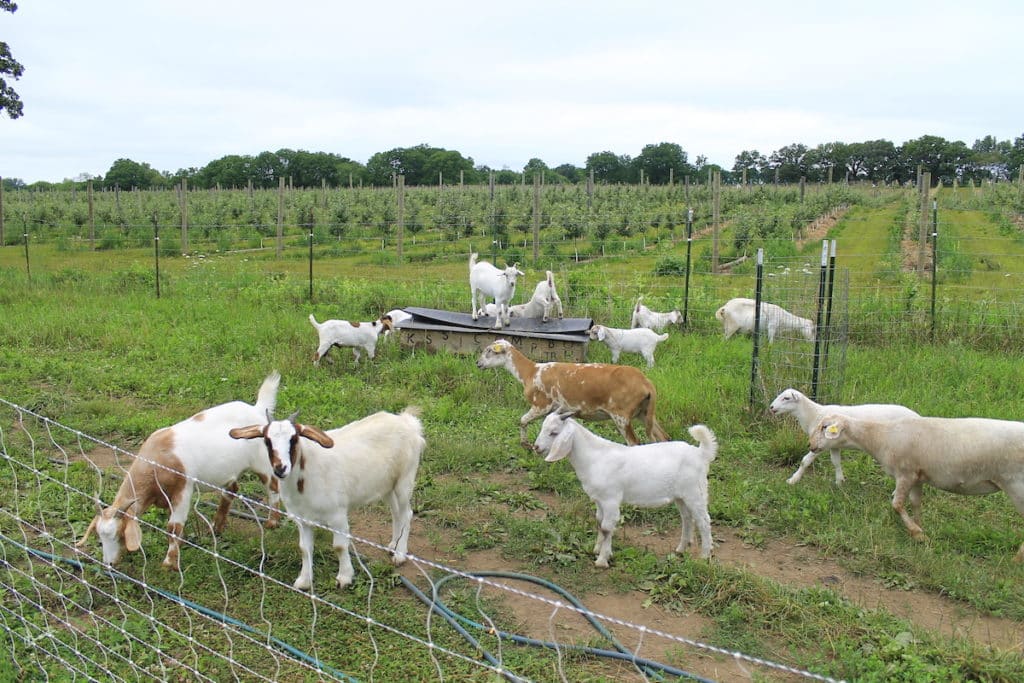
The digestive system of these animals is created to thrive on an all-grass diet. Other animals such as pigs and poultry can also be raised in a rotational system on pasture. Heritage breed pigs like American Guineas and breeds like Idaho Pasture Pigs can do very well on pasture where consuming grasses and other forage can help offset the cost of supplemental feed. Poultry can also be rotated through pasture to make them less dependent on supplemental feed where they forage naturally for bugs and other plants.
Our post, How Many Cows Per Acre on a Small Farm, can also help you determine the appropriate number of cows, or other livestock, for your small-scale farm.

How Many Cows Per Acre On A Small Farm
May 26, 2022
Whatever animal you choose to raise in a rotational system, you will want to research what type of fencing is best suited.
For instance, a cow will typically stay contained with a single strand of hot wire at the perimeter. The same goes for pigs with a hot wire at about the height of their snout. A single hot wire would never keep in a goat and likely do little for a sheep.
Sheep and goats are best suited for electro-netting. Or, multiple strands of hot wires at varying heights will also work.

Our Small-Scale Rotational Grazing System
We have 5 acres total with a pasture that is approximately 3 acres. Our 2-3 cows graze this pasture between May-November in our Midwest climate. We plan to eventually add a small flock of sheep to graze alongside the cows.
We purchased used Premier-1 electro-netting portable fence and a solar fence energizer that we use to rotationally graze our animals. The solar energizer allows us to create a paddock anywhere on our property – sometimes even in the front yard! We are able to run hoses from a single hydrant in our barn to fill water even to the far corners of our back lot line. This system has worked great on a small scale.
We created this video that gives a full overview of the system we use and how we set it up and make it work on just a couple acres of land:
Rotational Grazing & Pasture Management Resources
Savory Institute
If you have not seen the Allan Savory TED talk yet, this is a great place to start. Allan Savory pioneered the Holistic Management grazing system. His methods are increasingly being implemented on farms and ranches across the world. Many of his principles can carry over to small scale pasture management.
Joel Salatin
Joel’s name is synonymous with rotational grazing. His many books offer incredible insights into managing healthy pasture and the unique livestock grazing systems his farm, Polyface Farm, have developed over the years. But Joel doesn’t want the focus to just be on large scale farming. His book, Polyface Micro: Success With Livestock on a Homestead Scale, gives practical steps to homesteaders of any size.
Food Animal Concerns Trust (FACT)
FACT is a non-profit organization that helps train and educate farmers on humane and healthy animal production. Their vast library of free webinars covers really helpful topics pertaining to raising animals on pasture.
Steve Gabriel
A more technical read on pasture management techniques for various livestock is Steve Gabriel’s book Silvopasture, A Guide to Managing Grazing Animals, Forage Crops, and Trees in a Temperate Farm Ecosystem. As indicated in the title, this book emphasizes a unique form or rotational grazing called silvopasture, which incorporates trees into rotational grazing systems. This book is packed with general grazing information and is especially helpful if you want to incorporate your wooded areas into your grazing.
Mastodon Valley Farm School
Peter Allen of Mastodon Valley Farm and Lindsay Rebhan of Ecological Design are leaders in rotational grazing, pasture management, and whole farm planning. They offer a free mini-course and a Regenerative Farm Design Course that will help you see the bigger picture of why good farm management techniques are important and give you real world examples of how to implement them on your farm.
Some of the above links are affiliate links. This means we earn a small commission on qualifying purchases at no cost to you. We are so appreciative of your support!
Pin it for later!
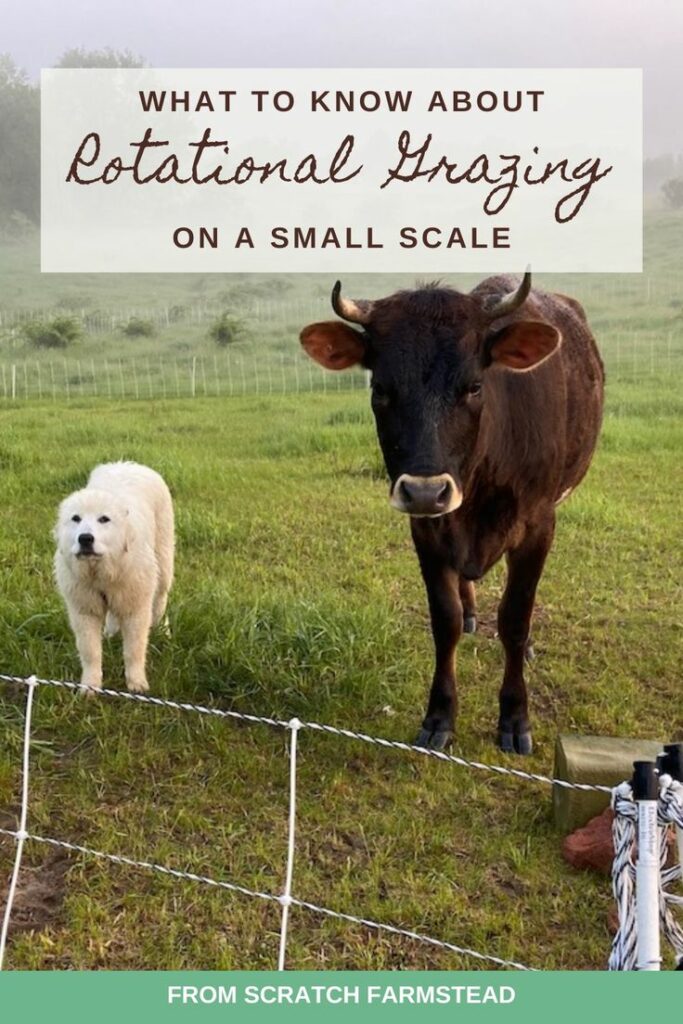
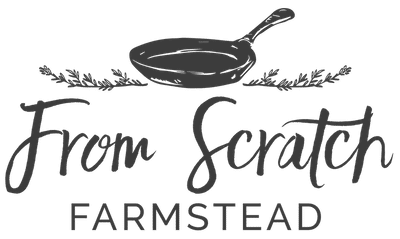
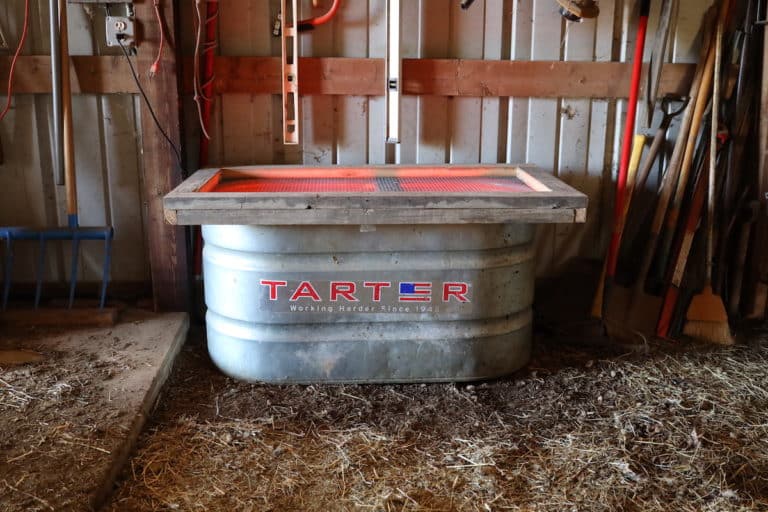
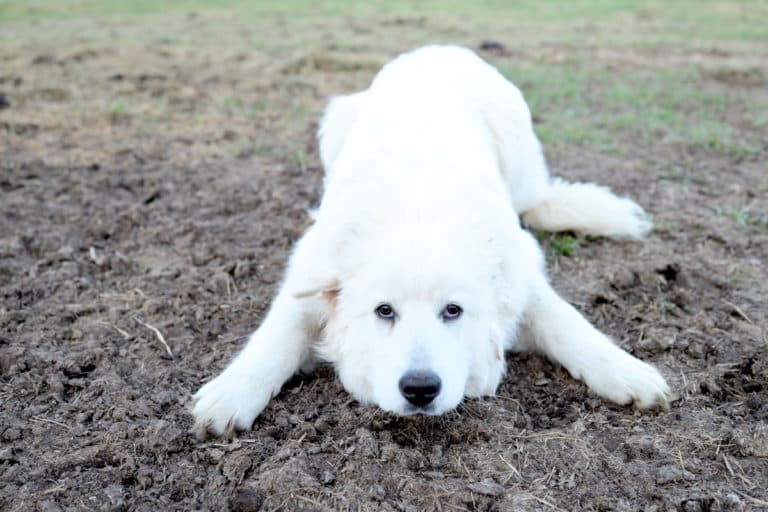
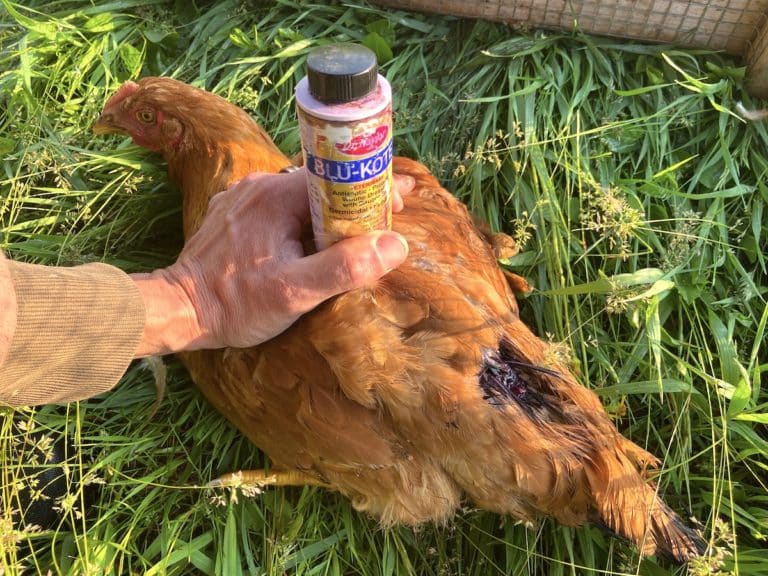
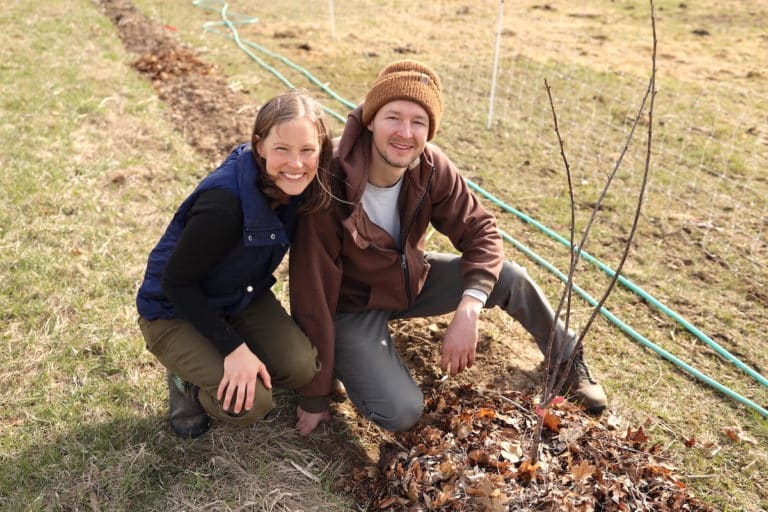
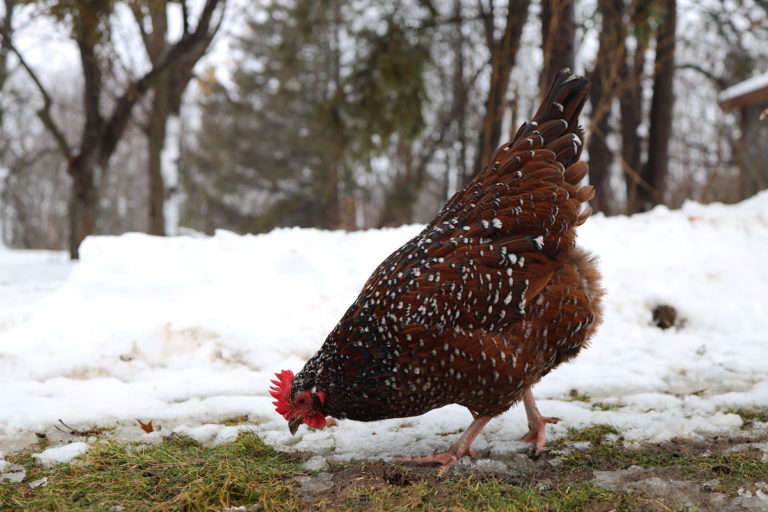
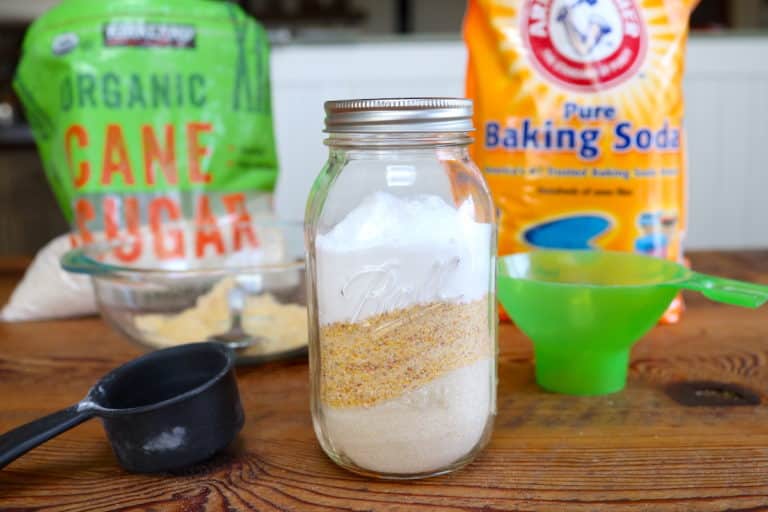
Beautiful job y’all are doing.
What energizer are y’all using?
Thank you! We have the Premier PRS 200X. We started with a PRS 50, which is very low powered and Premier doesn’t make them anymore. As our fencing setup got more elaborate we needed something with higher Joules to accommodate more fencing sections. We still use the PRS 50 for smaller setups around gardens and trees. Premier does a really good job breaking down how many fence sections their energizers with power.